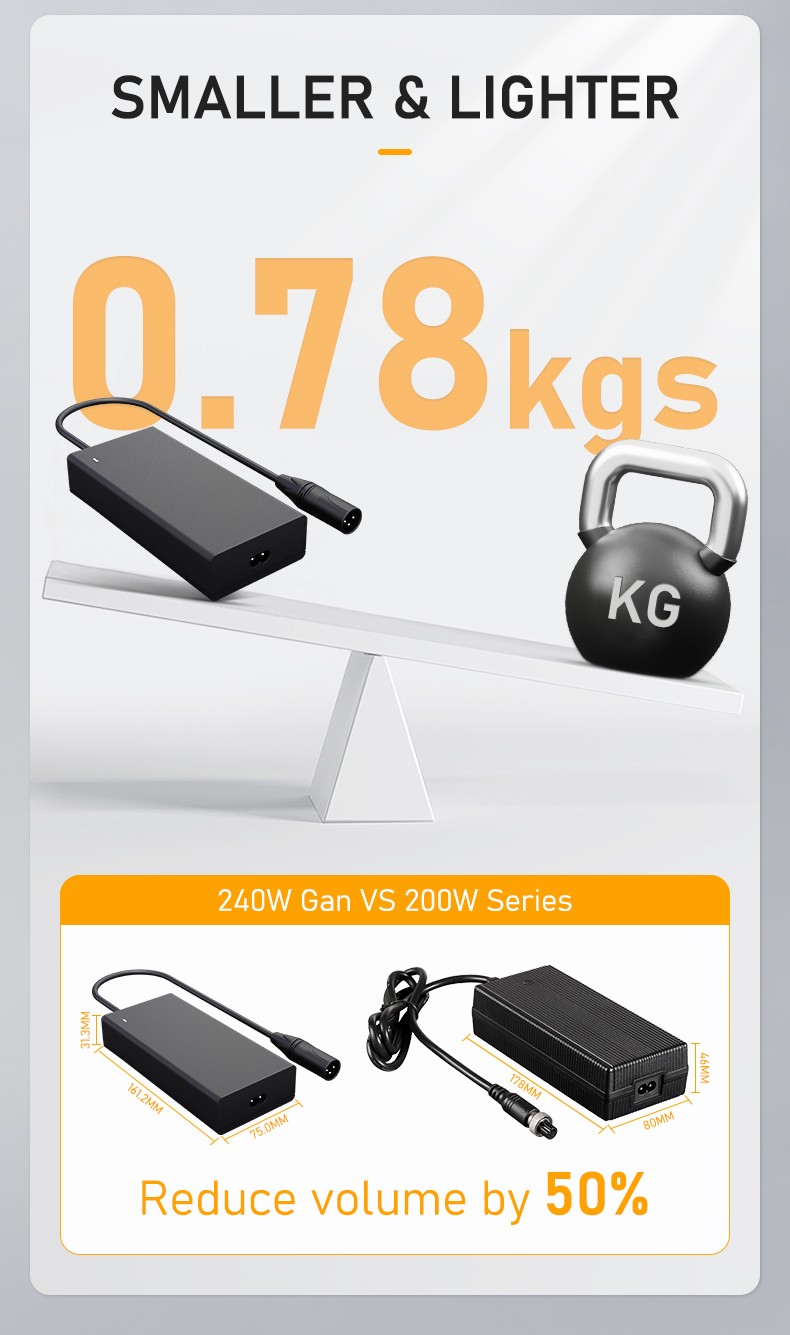Views: 0 Author: Site Editor Publish Time: 2025-04-08 Origin: Site








The robotic vacuum industry is undergoing a quiet revolution—one that hinges on a critical technical shift:
48V power systems are rapidly replacing legacy 24V designs. As a manufacturer specializing in advanced power solutions (60W–1000W), we’ve observed three key drivers behind this trend—and why OEMs must adapt to stay competitive.

Robotic vacuums demand compact, high-performance power systems. At 24V, achieving sufficient motor torque and suction power requires thicker copper traces and heavier cabling to minimize resistive (I²R) losses. In contrast, 48V systems halve the current for the same wattage, enabling:
20–30% longer runtime (reduced energy waste as heat)
Lighter, slimmer designs (thinner wires and smaller PCB traces)
Faster charging (using high-voltage AC-DC topologies like LLC resonant converters)
Our edge: Dongguan Fuyuan Electronic Co., Ltd's 48V power modules integrate SiC/GaN FETs and adaptive PID algorithms to deliver >93% efficiency even in compact footprints.

Heat is the enemy of electronics. At 24V, higher current generates excessive heat in motor drivers and battery management systems (BMS), forcing engineers to overdesign heatsinks or sacrifice performance.
48V systems mitigate this by:
Reducing thermal stress on MOSFETs and capacitors
Enabling passive cooling in low-to-mid power vacuums
Extending component lifespan (critical for commercial-grade robots)
Our solution: Patented hot-swappable PFC + AC-DC architectures ensure stable 48V output with <5°C temperature drift, even in dusty environments.

Modern robotic vacuums are no longer “dumb” cleaners—they’re IoT devices with AI-based navigation, real-time mapping, and self-emptying docks. These features demand:
Higher peak power for compute modules (e.g., 10W+ for SLAM processors)
Stable voltage rails to avoid interference with sensitive sensors
Compatibility with fast wireless charging (48V aligns with Qi/PMA 15W+ standards)
Why us? Our 48V-to-5V/3.3V multi-output designs eliminate noise coupling while meeting EN 55032 EMI standards, ensuring seamless integration with AI/ML hardware.

The shift to 48V isn’t just about voltage—it’s about designing lighter, smarter, and more energy-efficient vacuums that meet evolving consumer expectations. However, upgrading requires expertise in:
High-frequency LLC/MHB topologies
Tight voltage ripple control (<2%)
Safety certifications (UL 60950-1, IEC 62368)
As a one-stop power solution provider (60W–1000W), we’ve partnered with leading robotic brands to deliver: ✅ Custom 48V PSUs matched to motor/controller specs ✅ BMS-integrated designs with Coulomb counting for accurate battery tracking ✅ Scalable production from prototyping to mass manufacturing
Ready to future-proof your robotic vacuum power design? Let’s discuss how our 48V solutions can cut your development time by 30% while passing certifications like UL/CE/GS/KCC/PSE/SAA etc. on the first try.

